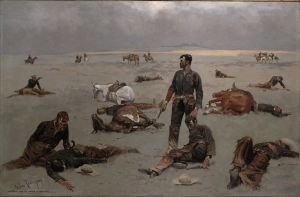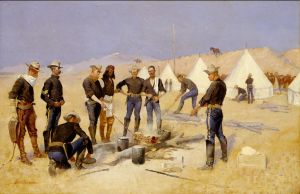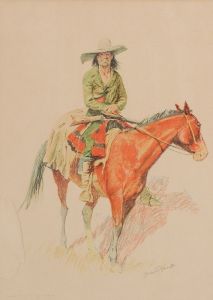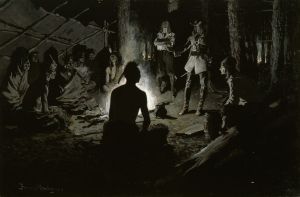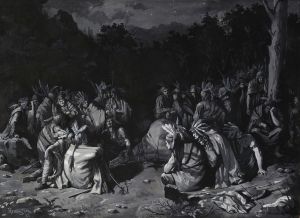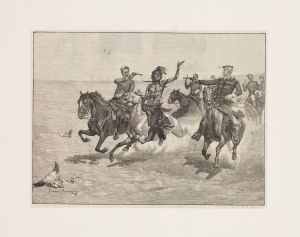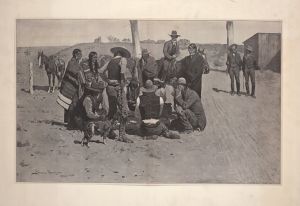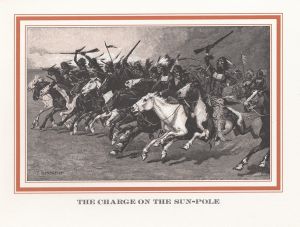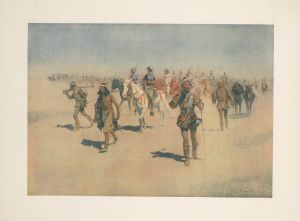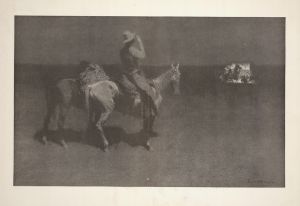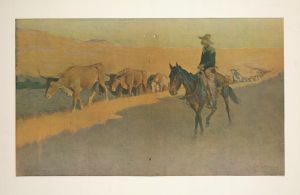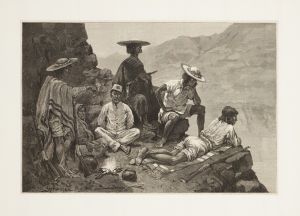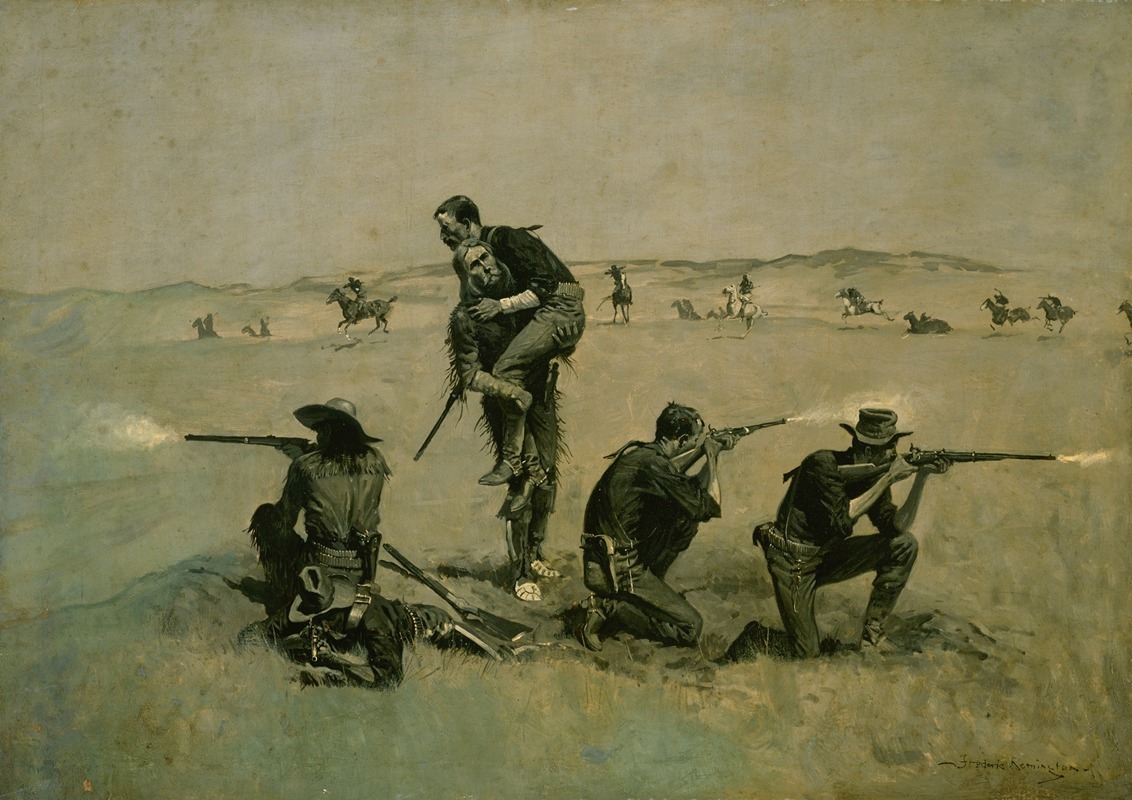
The Last Stand
A hand-painted replica of Frederic Remington’s masterpiece The Last Stand, meticulously crafted by professional artists to capture the true essence of the original. Each piece is created with museum-quality canvas and rare mineral pigments, carefully painted by experienced artists with delicate brushstrokes and rich, layered colors to perfectly recreate the texture of the original artwork. Unlike machine-printed reproductions, this hand-painted version brings the painting to life, infused with the artist’s emotions and skill in every stroke. Whether for personal collection or home decoration, it instantly elevates the artistic atmosphere of any space.
"The Last Stand" is a painting by the renowned American artist Frederic Remington, created in 1890. Remington, born in 1861, was a prolific painter, illustrator, sculptor, and writer who specialized in depictions of the American Old West. His works often featured cowboys, Native Americans, and the U.S. Cavalry, capturing the rugged and often romanticized life of the frontier.
"The Last Stand" is one of Remington's most dramatic and evocative works, illustrating a tense and desperate moment of combat. The painting portrays a group of U.S. Cavalry soldiers making a final stand against a larger force of Native American warriors. The scene is set in a barren, rocky landscape, emphasizing the isolation and vulnerability of the soldiers. Remington's attention to detail and his ability to convey movement and emotion are evident in the dynamic poses and expressions of the figures.
The painting is notable for its composition and use of color. Remington employs a palette of earthy tones, with splashes of red and blue to highlight the uniforms of the soldiers and the war paint of the Native Americans. The contrast between the light and shadow adds to the sense of drama and urgency. The central figure, likely an officer, stands defiantly with his sword raised, rallying his men for a final effort against the overwhelming odds.
Remington's work is often associated with the mythologizing of the American West, and "The Last Stand" is no exception. The painting reflects the popular narratives of the time, which often depicted the westward expansion as a heroic and inevitable conquest. However, it also captures the harsh realities and the human cost of these conflicts.
"The Last Stand" was created during a period when Remington was at the height of his artistic powers. By the late 1880s and early 1890s, he had established himself as a leading illustrator and painter of Western subjects. His works were widely published in magazines such as Harper's Weekly and Collier's, and he enjoyed considerable commercial success.
Today, "The Last Stand" is held in high regard as a significant example of Remington's artistry and his contribution to the visual culture of the American West. It is part of the collection at the Gilcrease Museum in Tulsa, Oklahoma, which houses an extensive array of Remington's works and other artifacts related to the history of the American frontier.
Frederic Remington's legacy as an artist is firmly established, and "The Last Stand" remains a powerful testament to his skill in capturing the drama and complexity of the American West. The painting continues to be studied and appreciated for its historical significance and its artistic merit.






